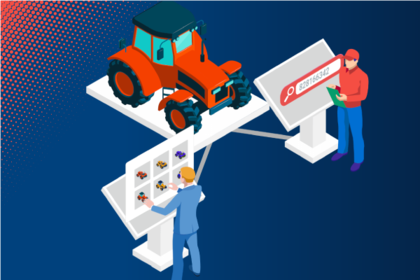Digital Information Twin - Definition and Benefits
Published:
2020-09-18
Updated:
2025-03-31
Have you already heard of Digital Information Twin? "Digital Information Twin" or "DIT" is an important buzzword and one of the trend topics in the field of maintenance and service. But what does this term mean and what benefits does a Digital Information Twin offer?
